The United States and the European Union have finalized an agreement that sets a ceiling of 15% on tariffs for key imports, including pharmaceuticals, lumber, and semiconductors. The move marks a significant development in tariff policy, aiming to provide greater certainty in transatlantic trade.
As part of the framework, the U.S. confirmed it will roll back tariffs on products such as cork, aircraft and aircraft parts, generic pharmaceuticals, and chemical precursors to pre-January levels beginning September 1. These adjustments are intended to ease cost pressures on industries while maintaining a structured tariff system.
European Commission President Ursula von der Leyen said the agreement brings “clarity and coherence” to tariff rules between the two regions. European Trade Commissioner Maroš Šefčovič added that the deal represents “a first step” toward broader tariff cooperation, though he noted that exemptions for wine and spirits were not included.
Industry reactions reflected the impact of tariff changes. The Distilled Spirits Council warned that higher tariffs on European spirits would add strain to U.S. restaurants and bars, while automakers welcomed the deal. Volkswagen described the tariff cap as an “important step” toward predictability, and Mercedes-Benz said it was “crucial for the economic success of both markets.”
Beyond tariff ceilings, the agreement outlines expectations for European purchases of U.S. liquified natural gas, oil, and nuclear energy—valued at an estimated $750 billion through 2028—as well as at least $40 billion in U.S. artificial intelligence chips. European companies are also expected to invest $600 billion in U.S. industries, though these figures are described as projections rather than binding commitments.
The E.U. confirmed it will maintain a reciprocal 15% tariff rate, already effective since August 7. Meanwhile, the U.S. intends to lower tariffs on European automobiles once the E.U. passes legislation reducing its industrial tariffs. According to negotiators, the auto tariff cut would apply retroactively to August 1.
Ireland’s Prime Minister Micheál Martin welcomed the 15% ceiling on pharmaceutical and semiconductor tariffs, citing the importance of tariff clarity for Ireland’s export-driven sectors.
Economists noted that while the agreement provides a degree of tariff stability, uncertainties remain. Analysts at ING said the outcome “could have been worse,” but warned that ambiguity in certain provisions leaves room for “potential escalation.”
Both sides also pledged to cooperate on tariff-related issues tied to critical minerals and digital trade barriers, signaling that tariff management will remain a central point in U.S.–E.U. economic relations.
#TariffUpdate #TradePolicy #USTrade #EUTrade #GlobalEconomy

















